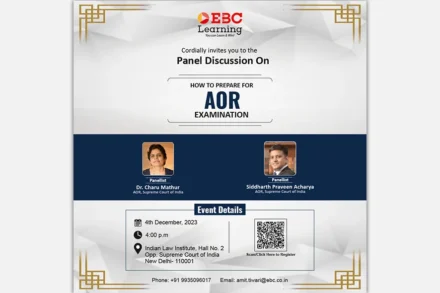
EBC Learning| Panel Discussion on How to prepare for AOR Exam [December 04, 2023]
About the Event EBC Learning presents a Panel Discussion on “How to Prepare for the Advocate-on-Record Examination.” Event Details: Date: 4th December

About the Event EBC Learning presents a Panel Discussion on “How to Prepare for the Advocate-on-Record Examination.” Event Details: Date: 4th December
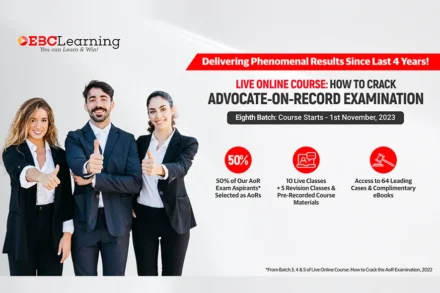
The Advocate-On-Record, Supreme Court Examination: The Advocate on Record (AOR) Examination is a prestigious and challenging milestone for those aspiring to excel
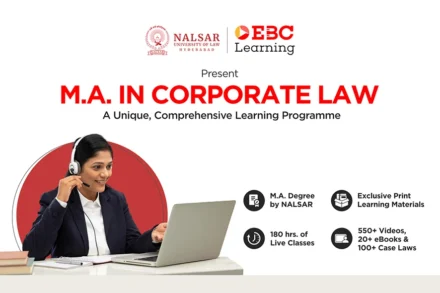
NALSAR University of Law and EBC Learning, from the EBC Group, have collaborated to introduce a 2-Year M.A. programme in Corporate Law.
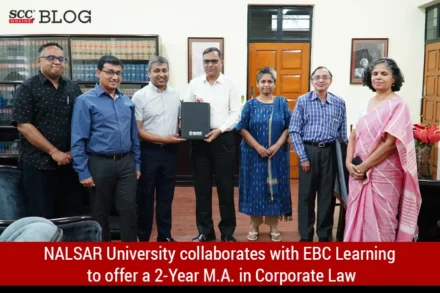
NALSAR University of Law and EBC Learning, from the EBC Group, have collaborated to introduce a 2-Year M.A. programme in Corporate Law.

To practice before the highest court of the land is a privilege. The first step to achieving this is to pass the

The results are out! Once again EBC Learning has set a new record, more than 50% of the aspirants from the last

The Advocate-On-Record, Supreme Court Examination: The examination for Advocate-on-Record (‘AOR') is one of the most prestigious and challenging exams for practicing lawyers

EBC Learning Presents a Complimentary preview course on Commercialising patents. This Preview Course covering Intellectual Property Rights brings you a practitioner's perspective

We are pleased to inform that Maharashtra National Law University; Aurangabad is organizing 1st MNLUA National Client Counselling Competition (18th-19th March 2023).

After the successful completion of two batches and on huge demand by the legal fraternity, EBC Learning in association with CII launches
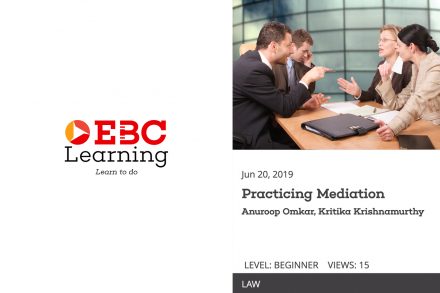
“The mediation by the serpent was necessary. Evil can seduce man, but cannot become a man.”
— Franz Kafka
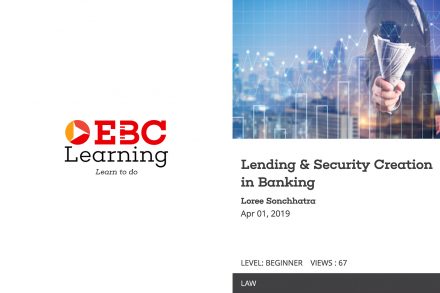
EBC’s premier e-learning platform introduces it’s 17th Course on “Lending & Security Creation in Banking Business”
— by Loree Sonchhatra
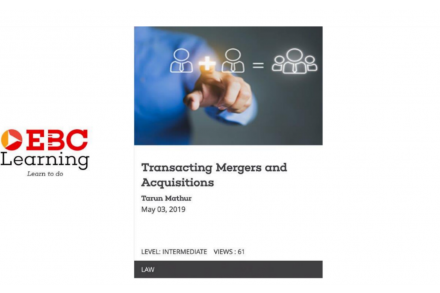
EBC Learning, EBC’s premier e-learning delivery platform releases its 15th course on: Transacting Merger and Acquisitions ABOUT THIS COURSE An M&A event